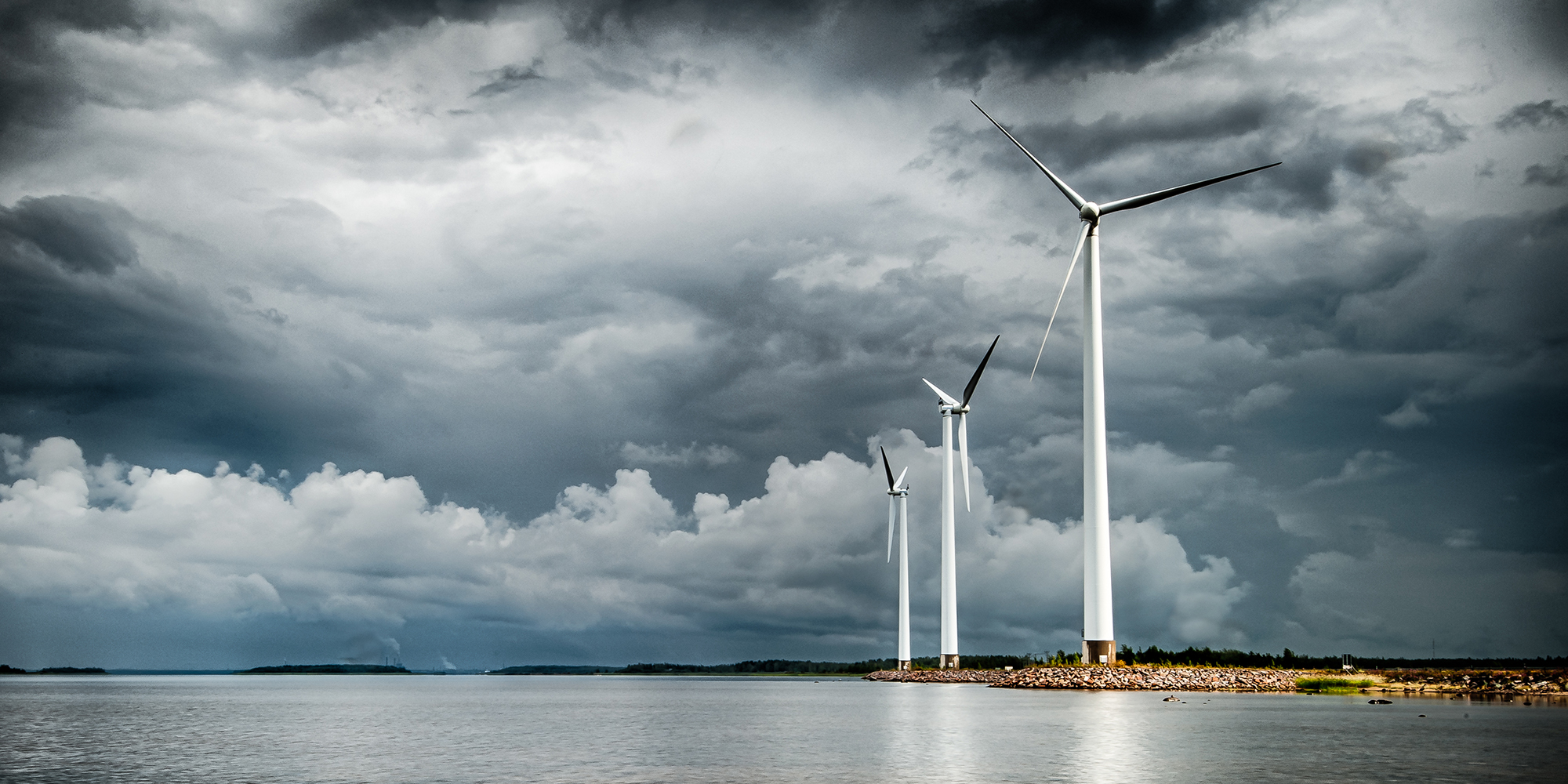
Electricity Price Distributions in Future Renewables-Dominant Power Grids and Policy Implications
Future electricity systems with constraints on carbon emissions will rely more on wind and solar generation, with zero marginal cost, […]
SEE FULL ARTICLE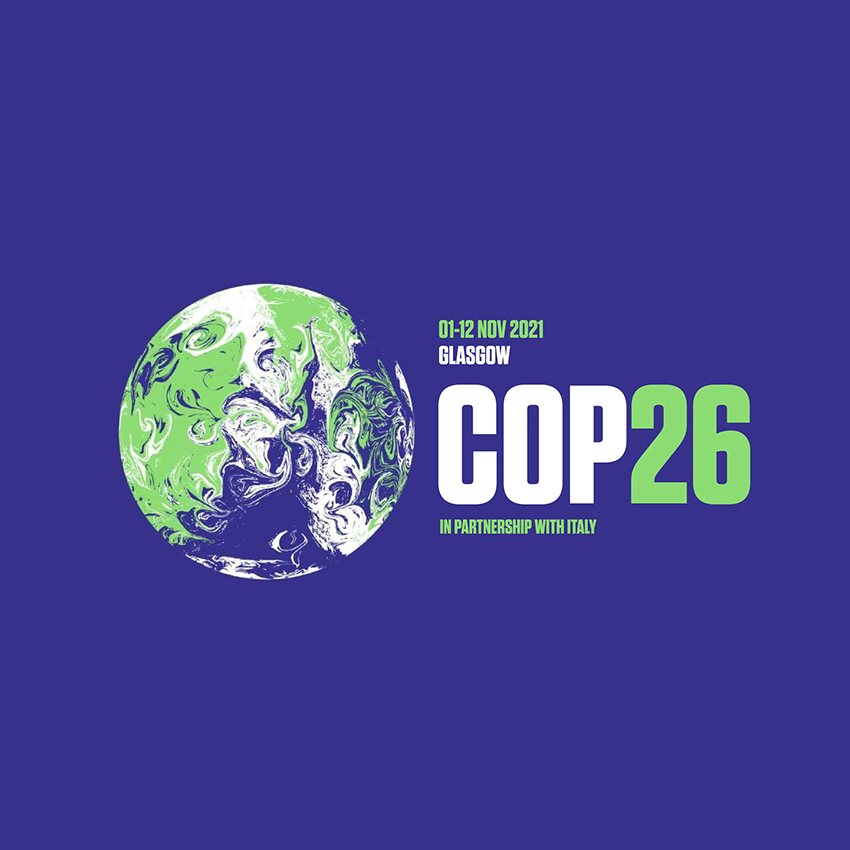
Advancing International Cooperation under the Paris Agreement: Issues and Options for Article 6
Article 6 of the Paris Agreement enables Parties to engage in voluntary cooperation as they implement their nationally determined contributions […]
SEE FULL ARTICLE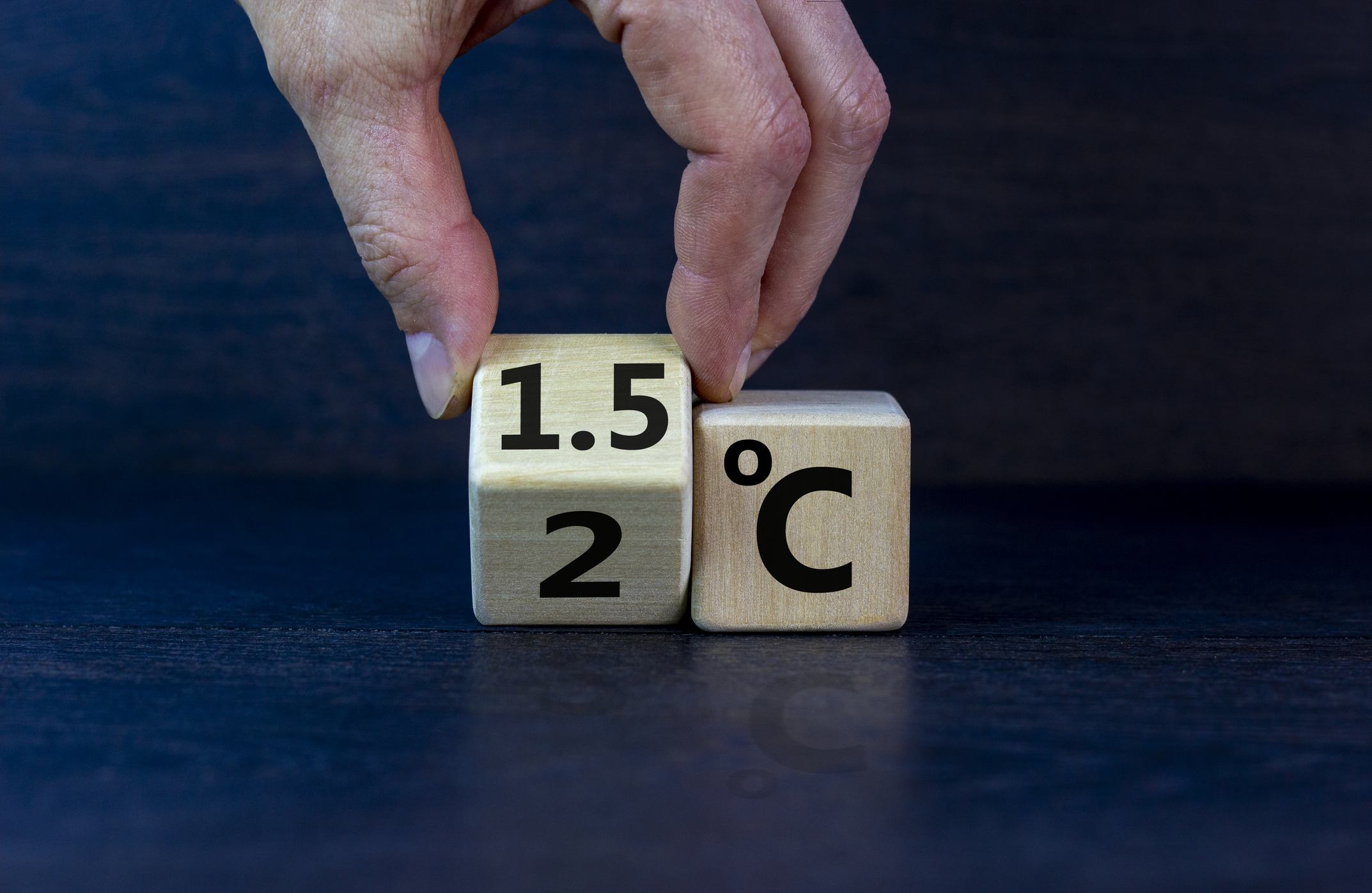
Here’s What Every Degree of Heat Rise Could Do to the Global Economy
CEEPR Director Christopher Knittel is among a group of experts interviewed by CBS News for a piece on the effects […]
SEE FULL ARTICLE
Technology Adoption and Early Network Infrastructure Provision in the Market for Electric Vehicles
Car use is associated with significant negative local and global external costs (e.g., from pollution), and many consider electrification as […]
SEE FULL ARTICLE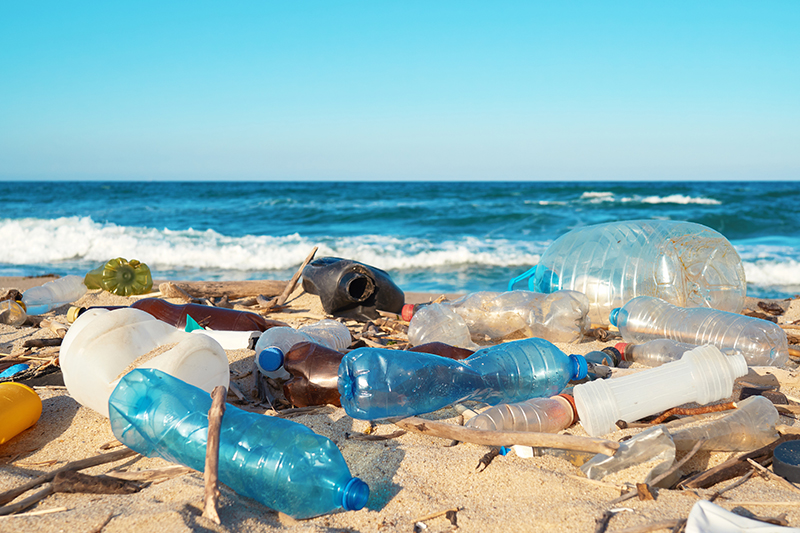
Taxing New Plastic is the Cheapest Way to Address its Environmental Impact
In an Op-Ed on The Hill, Professor Christopher Knittel discusses the plastic pollution problem and how a tax on new […]
SEE FULL ARTICLE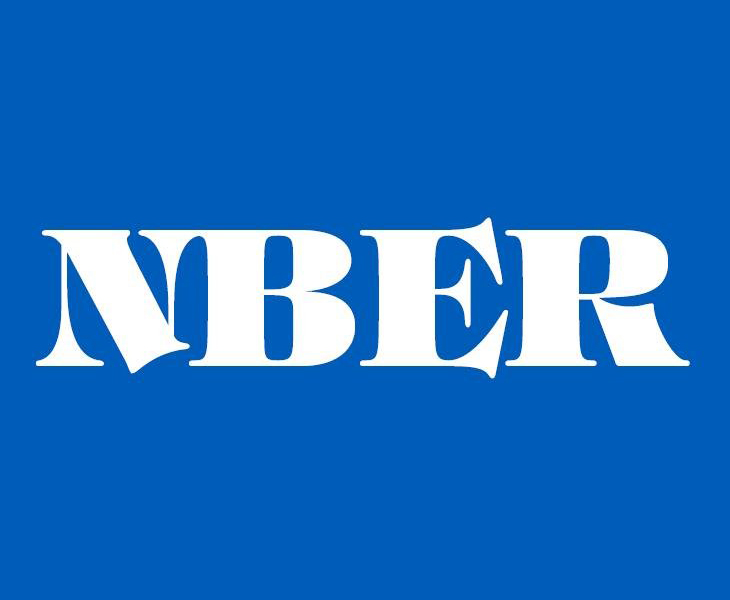
NBER Appoints New Co-directors of the EEE Program
Meredith Fowlie and Christopher Knittel have been appointed as co-directors of the National Bureau of Economic Research’s Environment and Energy […]
SEE FULL ARTICLE
Subscribe To Our Newsletter
Subscribe now and check outour Past newsletters


